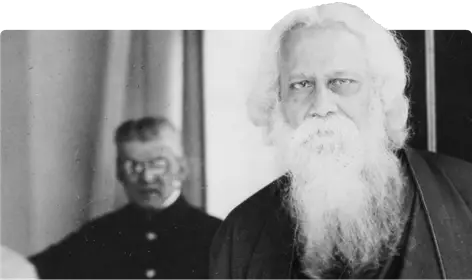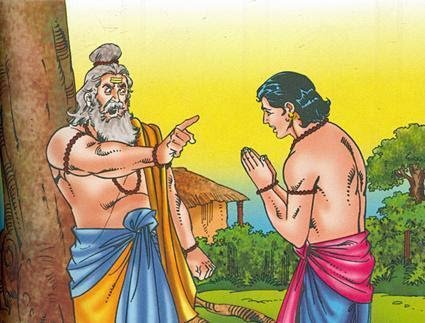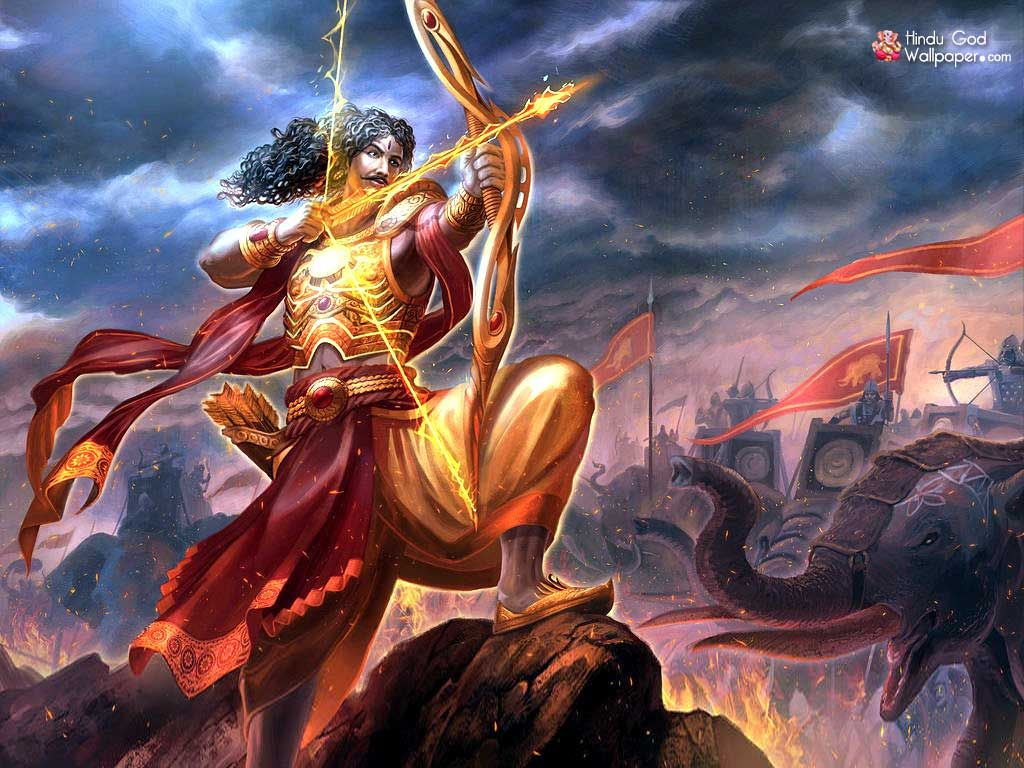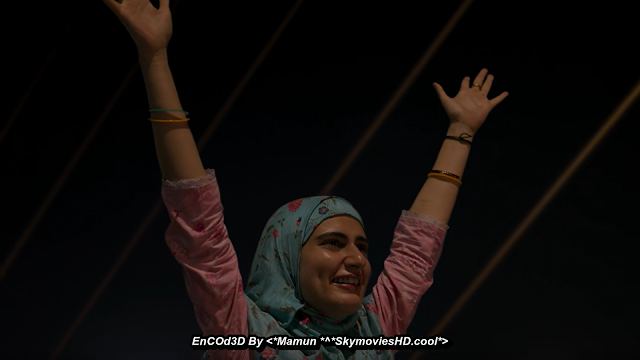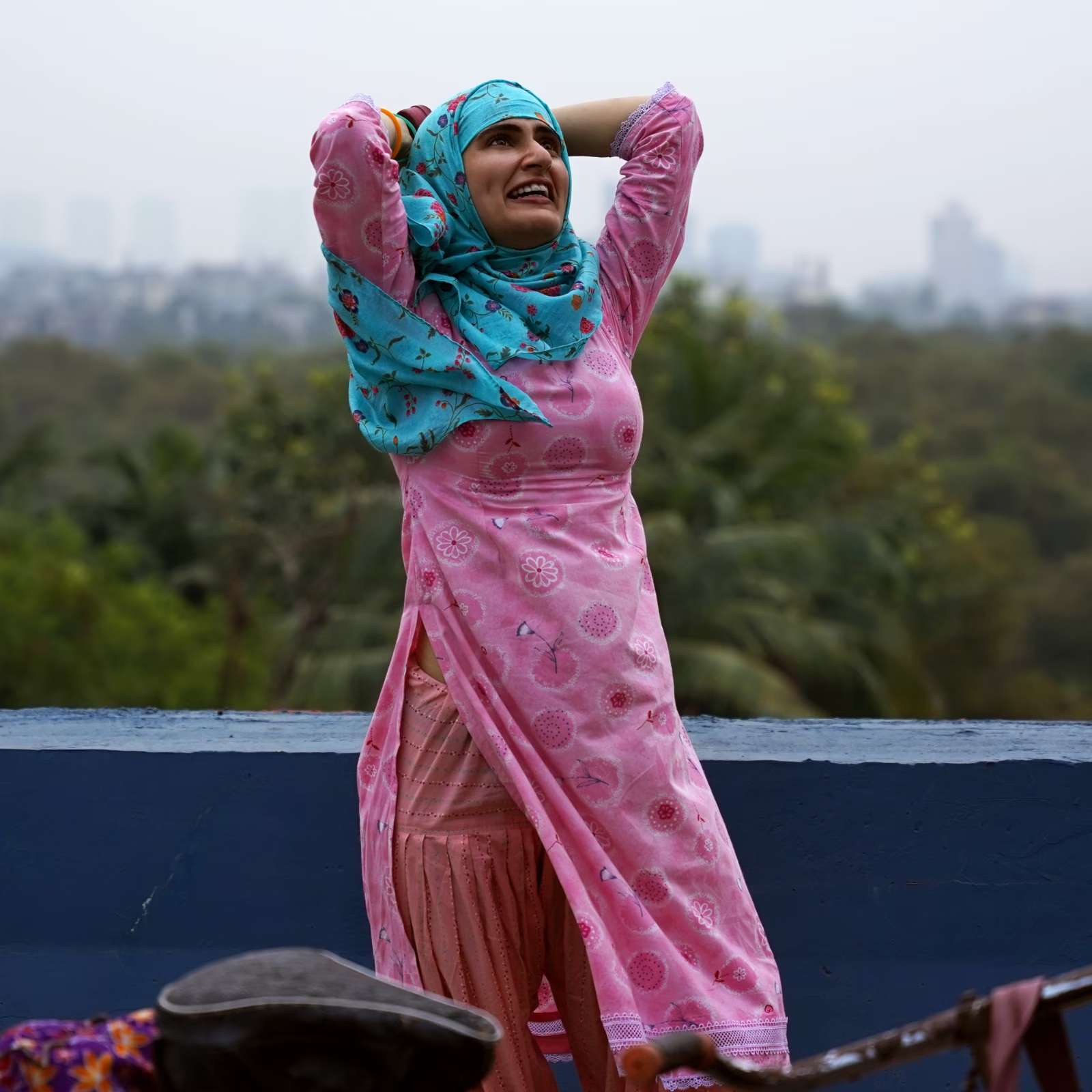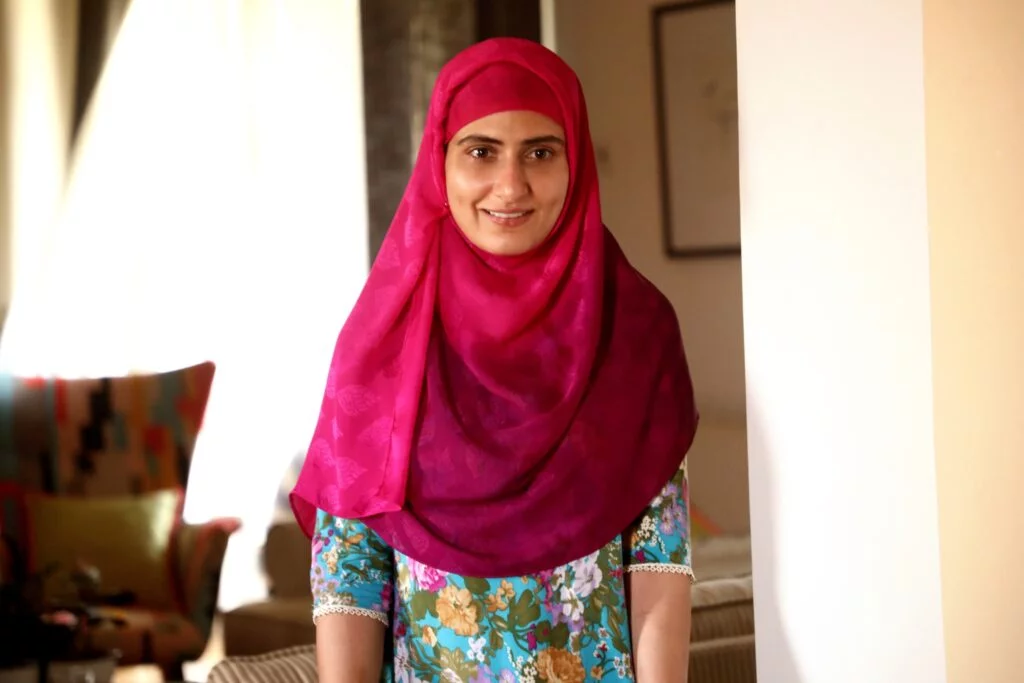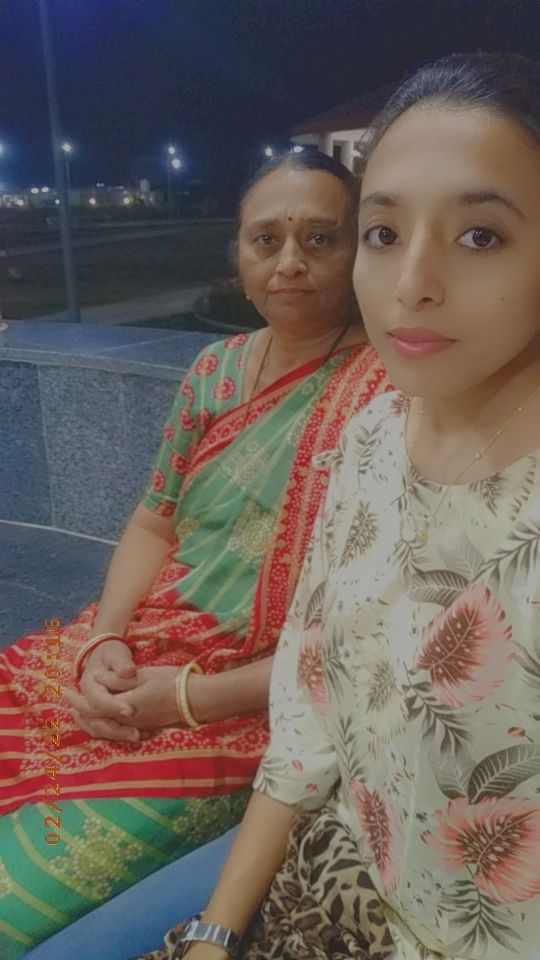Welcome to my blog,
This blog is part of our study. This Thinking activity is based on 'The Home and the World' by Rabindranath Tagore and was assigned by Megha Ma'am Department of English MKBU. In this task, we have to do critical analysis of the novel 'The Home and the World' by Rabindranath Tagore.
Introduction of Rabindranath Tagore
Rabindranath Tagore was an Indian poet, writer, playwright, composer, philosopher, social reformer, and painter. He was born on May 7, 1861 in Calcutta, Bengal Presidency, British India (present-day Kolkata, West Bengal, India) and died on August 8, 1941 in Calcutta. He was the first non-European and the first lyricist to win the Nobel Prize in Literature in 19131. Tagore’s poetic songs were viewed as spiritual and mercurial; whereas his elegant prose and magical poetry were widely popular in the Indian subcontinent. He is known for his works such as Gitanjali, Ghare-Baire, Bharoto Bhagyo Bidhata, Gora, Jana Gana Mana, and Rabindra Sangeet. He was also a social reformer and educationist who denounced the British Raj and advocated independence from Britain. His legacy endures in his founding of Visva-Bharati University
Work of Rabindranath Tagore
Rabindranath Tagore was a prolific writer who authored numerous works in various genres such as poetry, songs, stories, dramas, essays, and novels. His best-known works include Gitanjali, Gora, and Ghare-Baire.
His writing style was marked by simplicity, clarity, and lyricism. He was a master of metaphors and symbolism and experimented with many poetic forms and techniques such as lyrics, sonnets, odes, dramatic monologues, dialogue poems, long narrative and descriptive works, and prose poems.
His works were deeply rooted in both Indian and Western learning traditions. Apart from fiction in the form of poetry, songs, stories, and dramas, it also includes portrayals of common people’s lives, literary criticism, philosophy, and social issues.
The Home and the World
The story begins with Nikhil, a supportive and caring husband, encouraging his wife, Bimala, to explore the world outside their home. Set during the Swadeshi Movement, a period of Indian nationalism and resistance against British rule, Nikhil believes that Bimala should gain experiences from the outside world and not confine herself to their home. He arranges for Bimala to learn English from a tutor named Gilby to broaden her horizons.
However, Bimala grows bored with her English lessons and desires to engage in outdoor activities. Nikhil, in his efforts to involve her in the Swadeshi Movement, encourages Bimala to participate in lectures and speeches related to the movement. It's during this time that she encounters Sandeep, a charismatic leader of the movement, and becomes captivated by his speeches and charisma. They develop a close friendship, which eventually turns into mutual attraction.
As Bimala becomes more confident and involved in the movement, she undergoes a significant transformation. She starts delivering speeches to large crowds and gains fame, earning the title "Mother of the Swadeshi Movement." She even contemplates divorce from Nikhil. Bimala notices a young and patriotic boy named Amulya, whom she takes under her wing. One day, she invites Sandeep to their home for dinner, and he asks to use their house as the headquarters for the Swadeshi Movement. Nikhil agrees to this, despite the rumors circulating about Bimala and Sandeep's relationship.
Riots erupt in the city, and Sandeep desires more power. He asks Bimala and Amulya to arrange money for the movement. Amulya attempts to rob a bank but is caught and killed by a mob. Bimala, desperate to support the cause, steals money and jewelry from their safe and gives it to Sandeep. After receiving the funds, Sandeep flees, leaving Bimala with a heavy sense of guilt and regret for betraying her husband. She plans to apologize to Nikhil, but a commotion outside distracts her. When she inquires, she discovers that Nikhil has been injured while assisting women who were mistreated during the riot. The novel concludes with Nikhil's fate uncertain, and Bimala weeping by his side, filled with remorse for her actions.
Critical analysis of the novel 'The Home and the World' :
Nationalism and Colonialism:
"The Home and the World" is set against the backdrop of the Swadeshi Movement, a historical period marked by the call for Indian independence from British colonial rule. The novel portrays the conflicts and dilemmas faced by the characters as they grapple with their roles in this nationalistic movement. The author explores the complexities of nationalism, highlighting that it is not always a straightforward or unifying force. Nationalism can be divisive, as seen through the characters of Sandip and Nikhil, who have contrasting approaches to the movement. Tagore uses the backdrop of the nationalist movement to delve into the complexities of India's struggle for independence. He presents a multifaceted view of nationalism, depicting characters with contrasting approaches. Nikhil, the voice of moderation and reason, represents peaceful resistance, while Sandeep embodies the radical, extremist side of nationalism. Tagore offers a nuanced critique of both approaches, cautioning against the dangers of extremism and the importance of maintaining one's moral compass in the midst of political turmoil.
The Character of Nikhil:
Nikhil, the central character, represents reason, moderation, and a commitment to justice. He advocates for a more inclusive, empathetic form of nationalism, emphasizing the importance of dialogue and understanding between communities. His character serves as a critique of the aggressive and divisive aspects of nationalism.
The Character of Sandip:
In contrast to Nikhil, Sandip symbolizes a more radical and aggressive form of nationalism. He manipulates people's emotions and fuels the flames of extremism. Sandip's character exemplifies the dangerous potential of fervent nationalism, emphasizing the risks of fanaticism and manipulation for personal gain.
Bimala's Transformation:
Bimala, the novel's female protagonist, undergoes a profound transformation throughout the story. Her journey represents the conflicted emotions of many individuals during the Swadeshi Movement. She moves from a sheltered existence in the domestic sphere to becoming embroiled in the nationalist fervor under Sandip's influence. Her character highlights the challenges women face in a society dominated by patriarchy and the struggle for agency. Bimala's journey is not just a narrative device but a feminist subtext. Tagore uses her character to explore the changing role of women in Indian society during a period of political upheaval. Bimala's initial confinement within the "home" and her eventual participation in the nationalist movement symbolizes the aspirations of Indian women for independence and self-expression. Her complex relationships with both Nikhil and Sandeep reflect the challenges women face in reconciling traditional roles with their emerging desires for personal and political agency.
The Role of Gender:
Tagore subtly addresses gender dynamics in "The Home and the World." Bimala's character and her evolving relationship with her husband, Nikhil, and the charismatic Sandip, reflect the changing roles of women in early 20th-century India. The novel questions the traditional expectations placed on women in society and their potential for self-discovery and empowerment.
The Conflict Between Tradition and Modernity:
The novel also delves into the clash between tradition and modernity, especially through the character of Nikhil. He represents the rational, liberal thinker who seeks to reconcile tradition with modern values and ideas. This struggle is symbolic of the broader socio-political debates occurring in India during that period.
Narrative Style:
Tagore employs a first-person narrative style, with different sections of the book being told from the perspectives of Bimala, Nikhil, and Sandip. This narrative technique allows readers to gain insight into the inner thoughts and emotions of each character, contributing to a deeper understanding of their motivations and conflicts. Nikhil, a visionary character, advocates for a harmonious blend of modernity and traditional values, suggesting that India's progress can be rooted in its cultural heritage. Sandeep, in contrast, represents radical modernity, discarding tradition in favor of a fervent, even violent, pursuit of change. The conflict between these worldviews mirrors the broader societal tension between conservative values and progressive ideas during that period. His narrative style in the novel is lyrical and poetic, reflecting his background as a poet. He employs vivid descriptions of nature, intricate symbolism, and a highly introspective and philosophical tone. This lyrical prose enhances the emotional depth of the novel and adds layers of meaning to the story, making it both intellectually and emotionally engaging.
Conclusion:
"The Home and the World" by Rabindranath Tagore is a timeless work that remains relevant for its exploration of nationalism, individualism, gender dynamics, and the clash between tradition and modernity. Through its well-drawn characters and intricate narrative, the novel presents a nuanced critique of radical nationalism and its impact on individuals and society. It is a must-read for anyone interested in the complexities of identity and politics in the context of India's struggle for independence.
Thank you for reading and Visiting...
